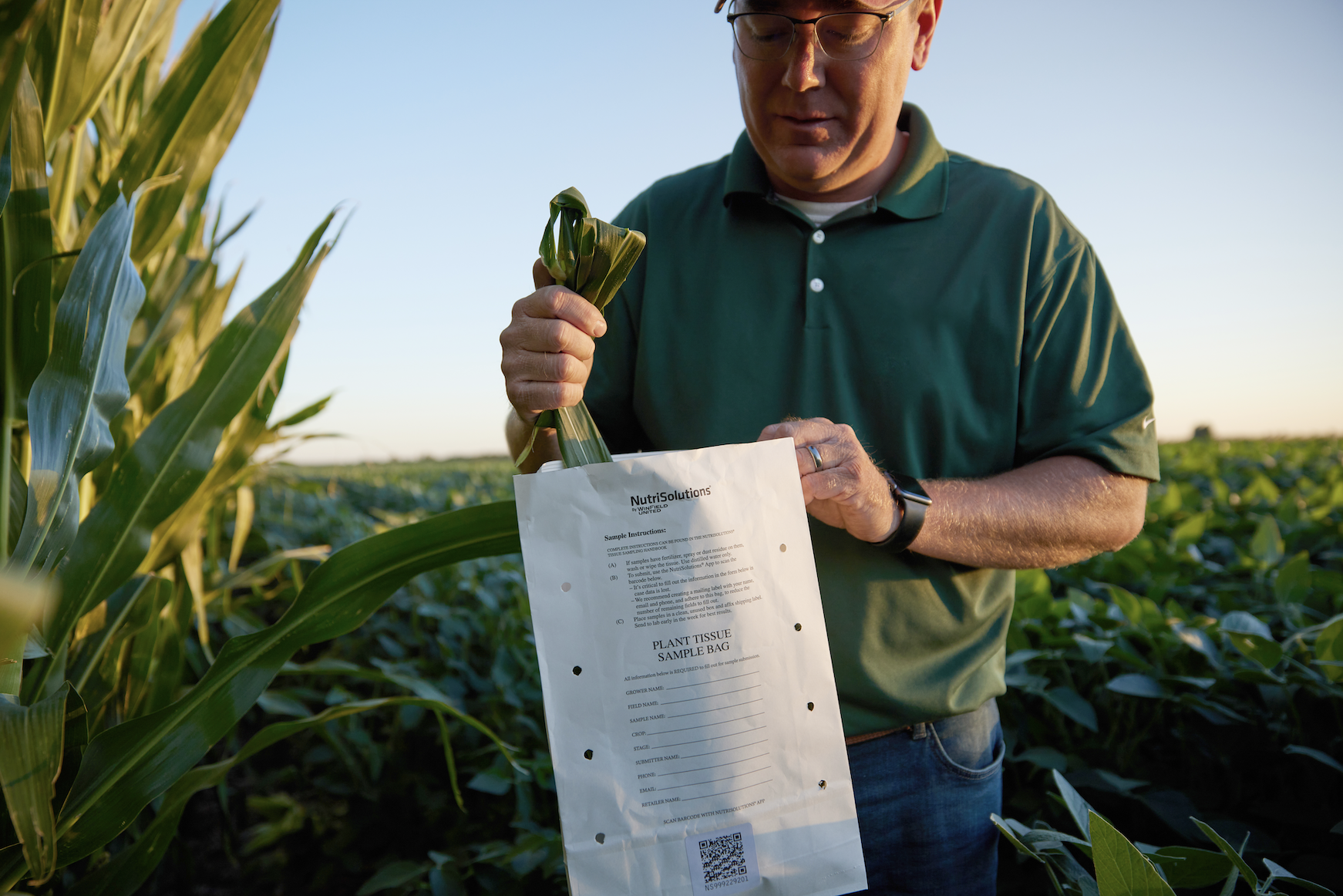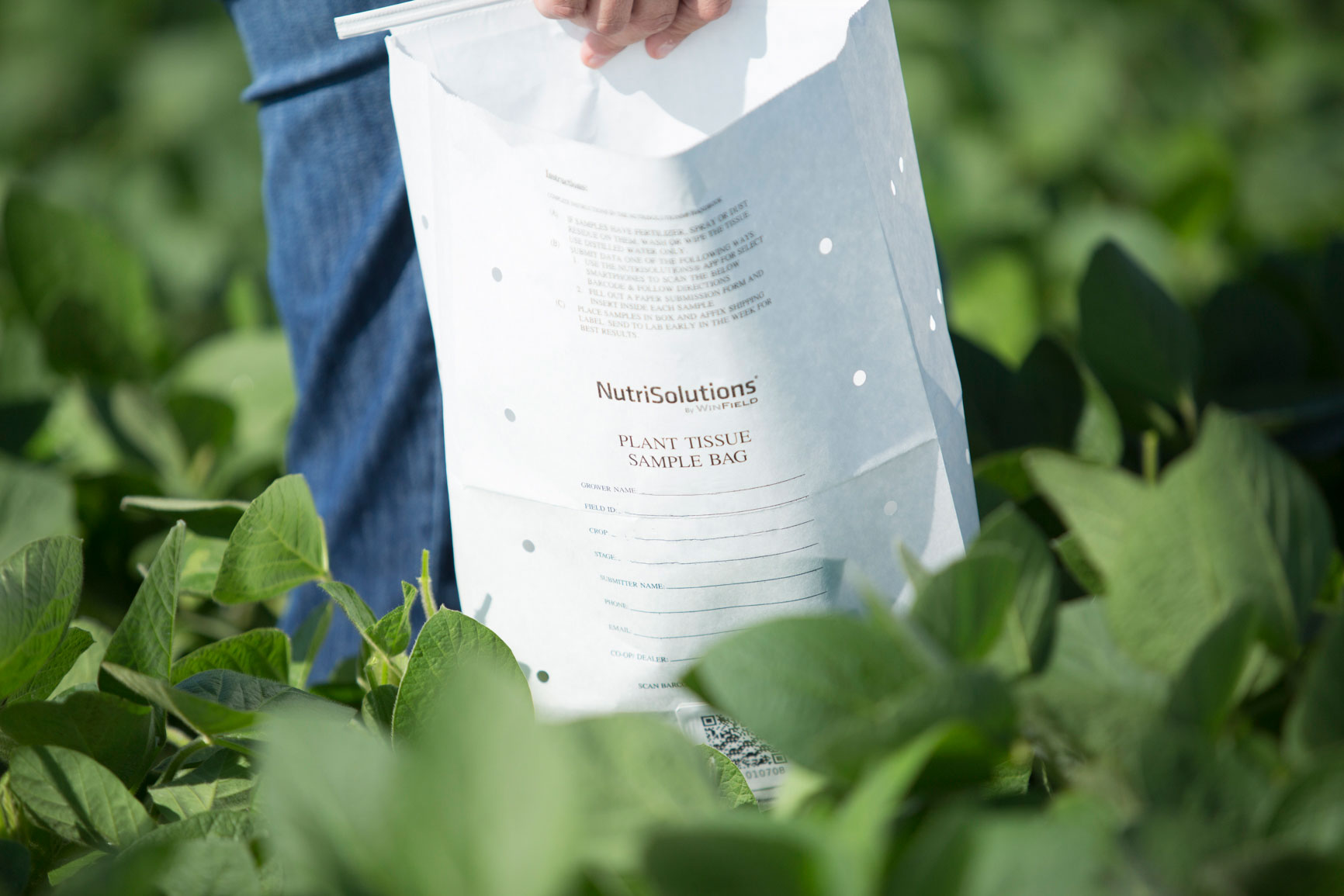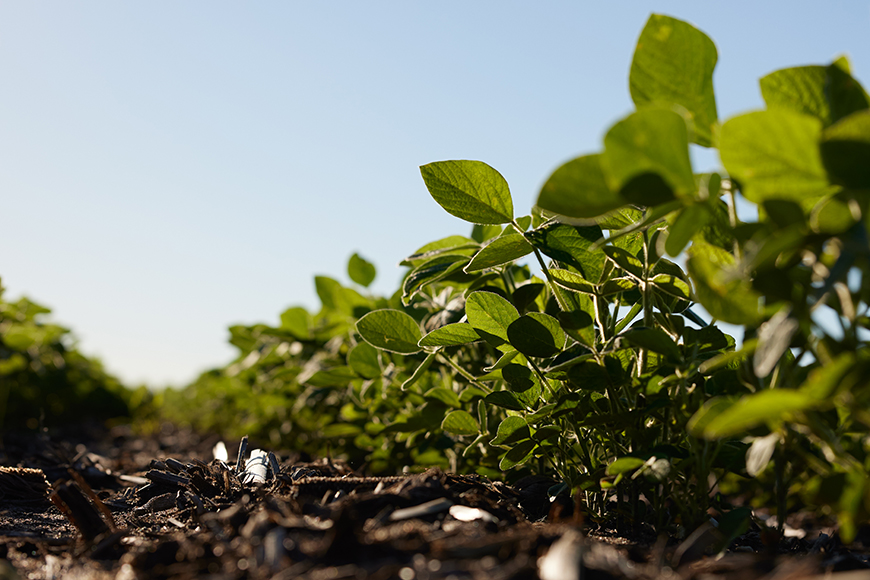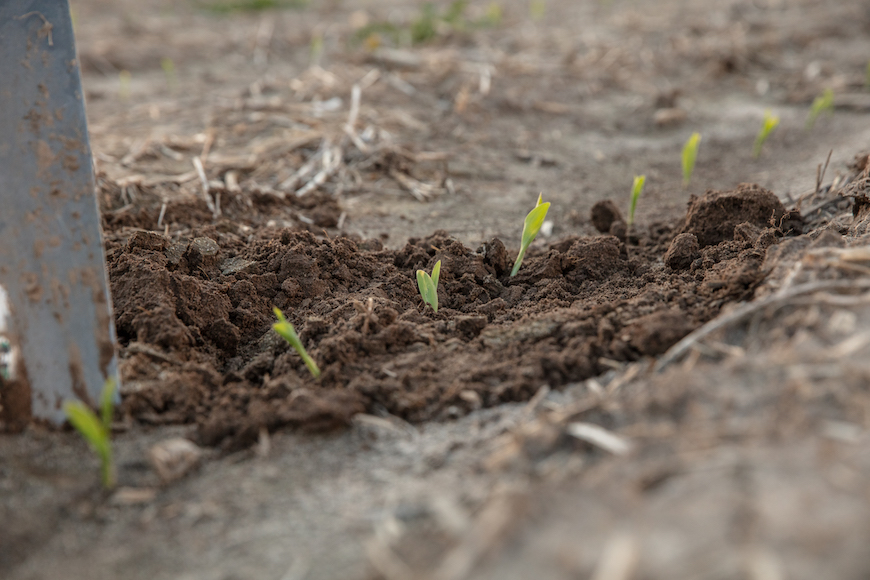Why You Should Be Tissue Testing

And how are you supposed to be doing that?
Tissue testing.
Tissue testing gives your crop a chance to tell you what it is lacking nutritionally and can help you make real-time, data-backed decisions. Over time, these results can help you identify trends to enhance your ability to make improved strategic decisions year after year.
What is Tissue Testing?
Tissue testing is a form of in-season sampling where you take a portion of tissue from a plant, typically the leaf, and send it to a lab for analysis. The results provide insight into how a plant is utilizing nutrients.Tissue testing works hand in hand with soil testing, offering complementary insights. Soil tests tell you what’s available in the soil and how fertility levels are changing over time, while tissue testing provides real-time insights into what is making it into the plant.
Benefits of Tissue Testing
Tissue testing offers two main advantages. First, it enables informed decision-making at critical points during the growing season, which can help you save time and money by avoiding ineffective solutions. Second, by conducting tests over multiple years, you can paint a complete picture of your crops’ nutritional requirements. When working with your local retailer, they can help you detect what is working and what can be improved.Throughout the season, managing numerous aspects can be overwhelming and additional data may seem like a burden, especially if you’re uncertain how to utilize it effectively. However, working with your retailer to review the results can be beneficial. They can help you identify the nutrients reaching the crop, pinpoint deficiencies and provide options for how to solve the issue.
Sample Frequency and Timing
Determining the optimal timing for tissue sampling varies depending on the crop, but there is rarely a wrong time to collect a sample. Overall, the most optimal testing times are when the crops are going through key physiological changes.Corn Timing
- V5-V6: This is just before grand growth, when the corn plant determines ear girth and when the corn plant starts using nutrients taken up by its roots rather than stored reserves. It’s also a good time because it lines up with post-emergence herbicide application, which means one less pass across the field if results warrant a nutrient application.
- V10-V12: Taking a sample between V10-V12 can be helpful because this is when the plant is determining ear length.
- R1-R2: Sampling during this time frame can be beneficial as it coincides with grain fill and fungicide application timing.
Soybean Timing
- V3-V5: This is just before the plant takes off and around the time of post-emergence herbicide application.
- R1-R4: This is another important stage for testing as it is during the reproductive growth phase. Taking two samples during this stage, one early and one later, allows for monitoring early blooms and pods, ensuring proper pod setting. The second sampling coincides nicely with fungicide and insecticide application timing.
The only time it’s best to avoid sampling is during weather extremes. Especially dry or wet soils can change the chemistry of the rhizosphere, the area where the nutrient uptake occurs. When this changes drastically, it changes how nutrients are taken in or not taken in at all, which could give you false negatives in your results.
What to Look for in Your Results
When looking at your results, it’s important to keep these two things top of mind:- What you can impact right now.
- How you can improve trends for the future.
An analogy I like to use when looking at data is to evaluate your data in the form of big rocks and small rocks. If your big rocks (N, P and K) are not in place, the likelihood that there will be benefits from correcting the small rocks, like micronutrients, goes down considerably.
When analyzing tissue test results, focus on immediate in-season adjustments to optimize crop health and yield potential. Additionally, consider future trend analysis to anticipate and prepare for long-term nutrient needs. Working closely with your retailer can help you interpret results effectively, ensuring next steps are aligned with crop requirements.
Incorporating tissue testing into your crop management practices can empower you to make informed decisions that can directly impact yield potential and quality. By leveraging the insights gained from tissue testing, you can optimize crop nutrition, maximize yield potential, and ultimately, enhance the profit potential of your operation.
Work with your local CROPLAN retailer to see how you can leverage tissue testing on your operation today.
© 2024 WinField United. Important: Before use always read and follow label instructions. Crop performance is dependent on several factors many of which are beyond the control of WinField United, including without limitation, soil type, pest pressures, agronomic practices and weather conditions. Growers are encouraged to consider data from multiple locations, over multiple years and to be mindful of how such agronomic conditions could impact results. CROPLAN is a trademark of WinField United.




